Welcome to my ChefsNotes.com! Today, we will discuss something near and dear to my heart: scrambled eggs. Scrambled eggs are one of the easiest dishes to cook, but that doesn’t mean there isn’t room for improvement. For years, I hated scrambled eggs – they were often heavy, had a weird taste, and looked strange. However, with time and practice, I learned that scrambled eggs could be amazing with just a few simple tips. In this post, I’ll share with you my seven easy tips for making perfect scrambled eggs every time, so you can enjoy this delicious dish just like I do!
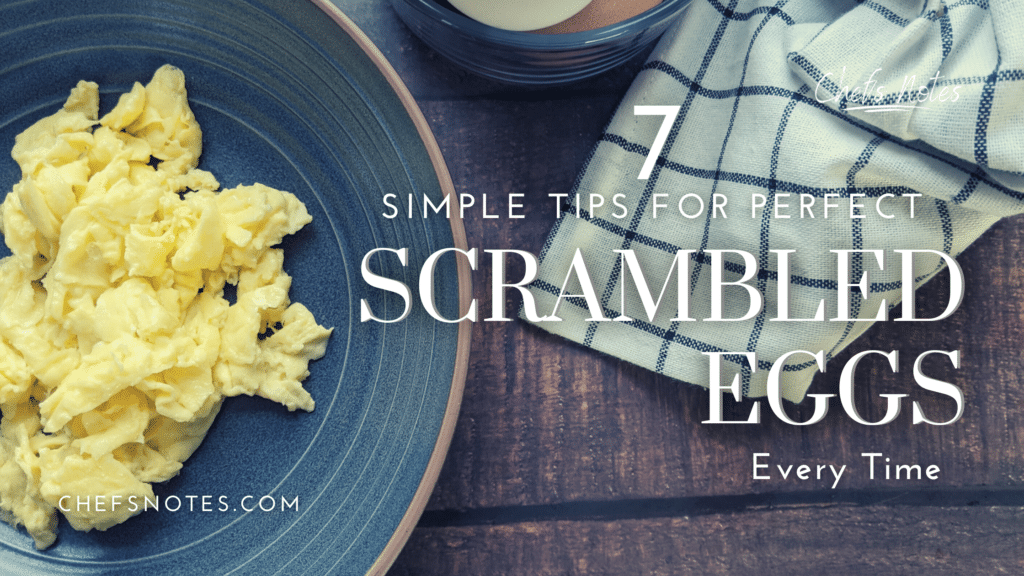
Whisk Eggs Just Enough: Avoid Overworking Your Eggs
Whisking the eggs is the first step in making scrambled eggs, but it’s important not to overdo it. Over-whisking can lead to rubbery and tough eggs, while under-whisking can result in bits of white in your scramble.
To achieve the perfect consistency, whisk the eggs until the yolks and whites are fully blended and the mixture has a uniform yellow colour. Avoid incorporating too much air into the mixture, resulting in a spongy or rubbery texture.
Using a fork or whisk, aim for a smooth, consistent mixture with no visible bits of clear white. Whisk just enough to combine the yolks and whites, and then stop. Following this tip will help you achieve light, fluffy, tender scrambled eggs that are perfect every time.
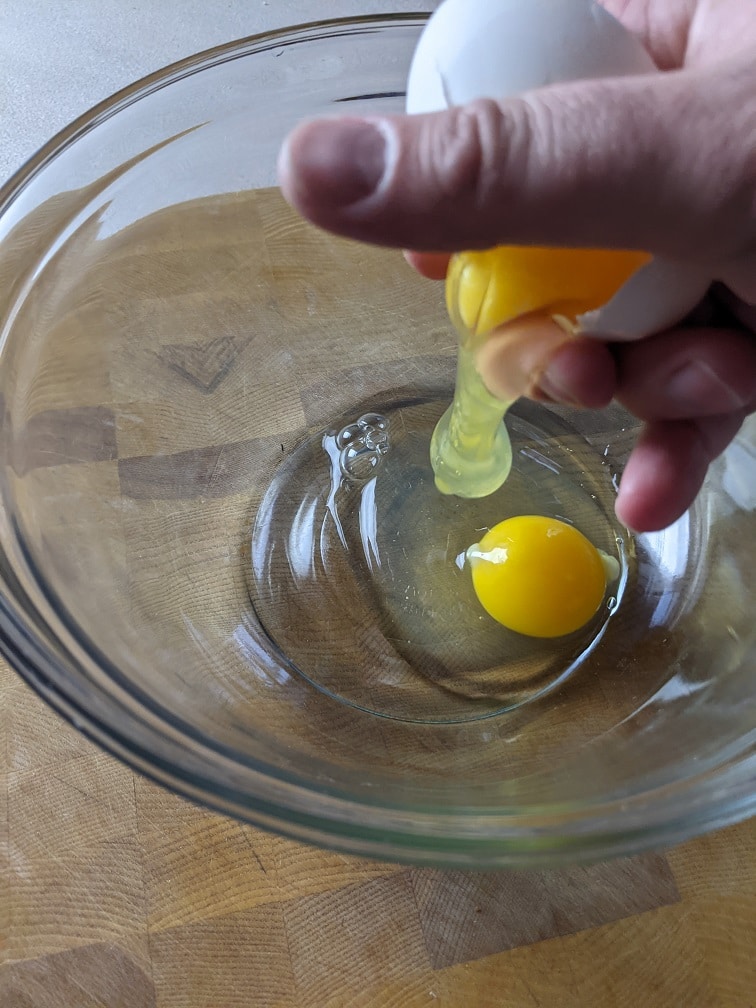
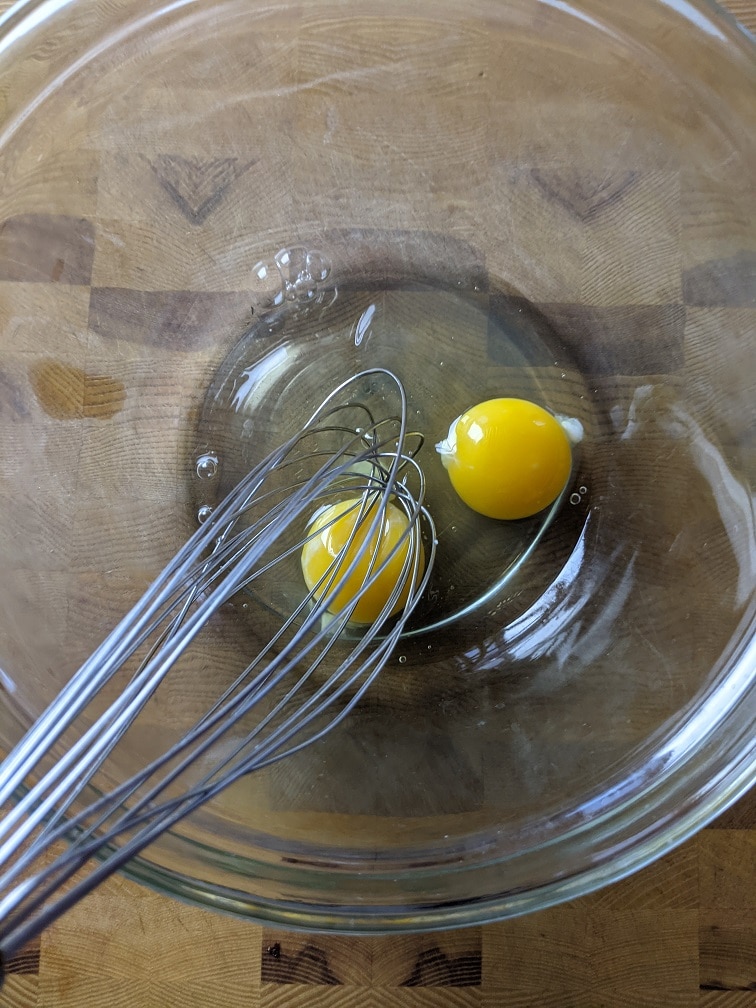
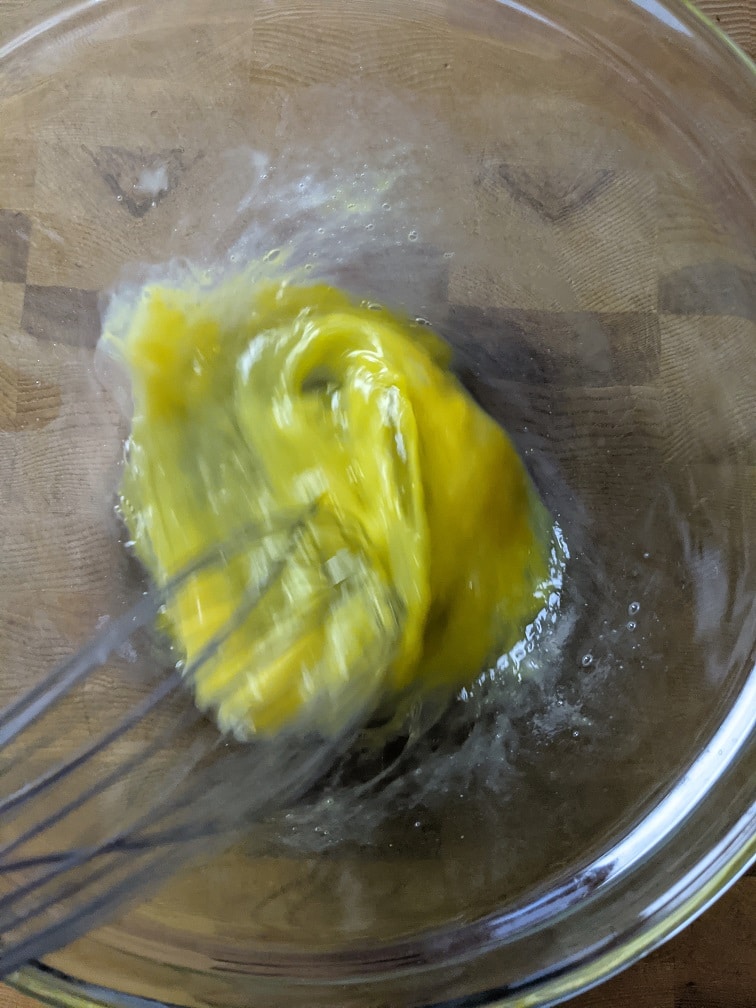
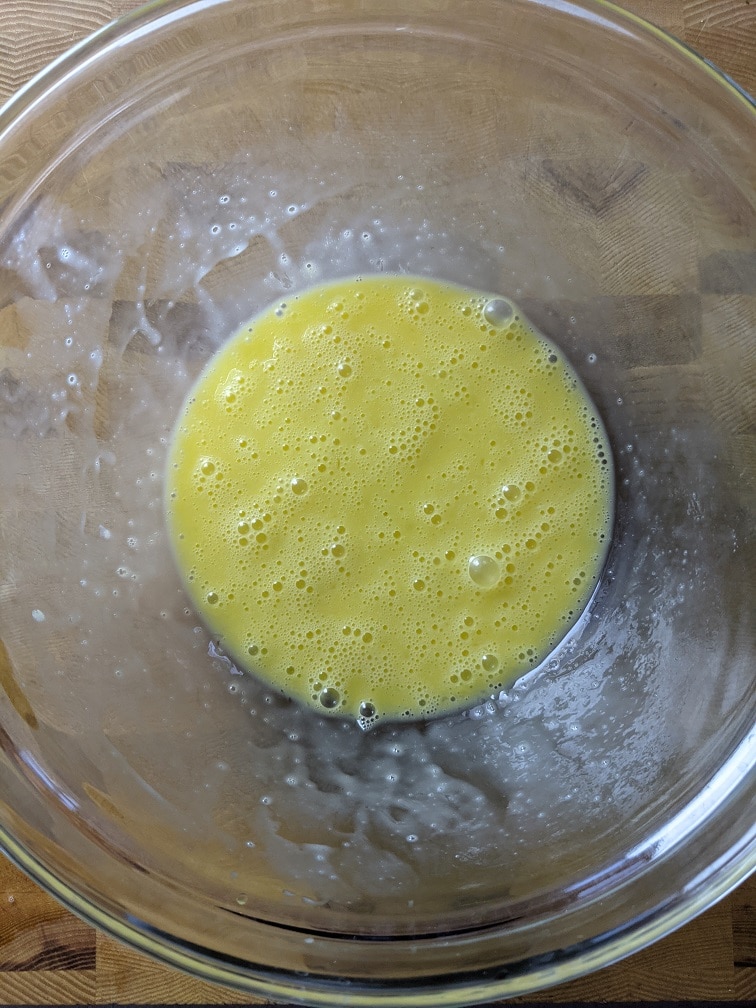
6. Don’t Add Milk Or Water To Your Scrambled Eggs
One of the most common mistakes people make when preparing scrambled eggs is adding milk or water to the eggs. While some people believe this is necessary to achieve light and fluffy eggs, it’s actually an unnecessary step that can compromise the texture of your scramble.
The truth is that milk and water can weigh your eggs down, making them dense and heavy. Additionally, if your eggs are even slightly overcooked, the milk and water can separate from the eggs and create a watery mess on your plate. For perfect scrambled eggs, skip the milk and water altogether.
If you’re accustomed to adding milk or water to your eggs, try preparing them without these ingredients just once. You may be surprised to find that they’re just as fluffy and delicious without the added liquid. Instead, focus on cooking the eggs gently and stirring them frequently to create small, soft curds.
Remember, scrambled eggs are all about simplicity. By using only eggs, salt, and pepper, you can create a delicious and satisfying breakfast that’s perfect every time. So ditch the milk and water and give it a try!
5. Use Moderate Heat and a Pre-Heated Pan
Now that you’ve whisked your eggs to perfection and skipped the milk and water, it’s time to cook them. To start, place a non-stick pan on the stove over medium heat. Give the pan time to heat up for at least two to three minutes before adding your fat or oil and eggs.
A pre-heated pan is essential for cooking perfect scrambled eggs. If you use a cold pan, your eggs will stick like glue, making them difficult to cook and resulting in an unappetizing mess. A non-stick pan is ideal for this task, but if you don’t have one, a preheated stainless steel pan will also work.
Moderate heat is also key to creating light, fluffy scrambled eggs. Avoid setting the heat too high, leading to overcooked, tough eggs. On the other hand, if the heat is too low, the eggs will take longer to cook and may be too moist.
Using a preheated pan and moderate heat, you can achieve perfectly cooked scrambled eggs that are light and fluffy with just the right texture. Keep reading for our next tip on ensuring your eggs are cooked to perfection.
4. Use Butter for Delicious Scrambled Eggs
When it comes to cooking perfect scrambled eggs, the type of fat you use matters. While you don’t need a lot of it, I adamantly believe that butter is the best option for cooking scrambled eggs. There are a few reasons for this.
First, butter adds a rich, delicious flavour to your eggs that cooking oil or pan spray simply can’t match. Secondly, butter can help indicate when your pan is ready for the eggs. Heat your pan as described in the previous tip, then add a teaspoon or two of butter. Once the butter has melted and started to foam, the pan is ready for your eggs. Swirl the butter around the pan to coat it evenly, then pour in the eggs.
Another benefit of using butter is that it can help prevent the eggs from sticking to the pan. While there’s no official science to back this up, many cooks swear by butter for non-stick scrambled eggs. If you’re concerned about the cholesterol content of butter, you can use a plant-based alternative like coconut oil or vegan butter.
To make your scrambled eggs truly delicious, use high-quality butter and fresh eggs. By using these tips and tricks, you can create scrambled eggs that are light, fluffy, and absolutely delicious. Keep reading for our next tip on achieving perfect scrambled eggs every time!
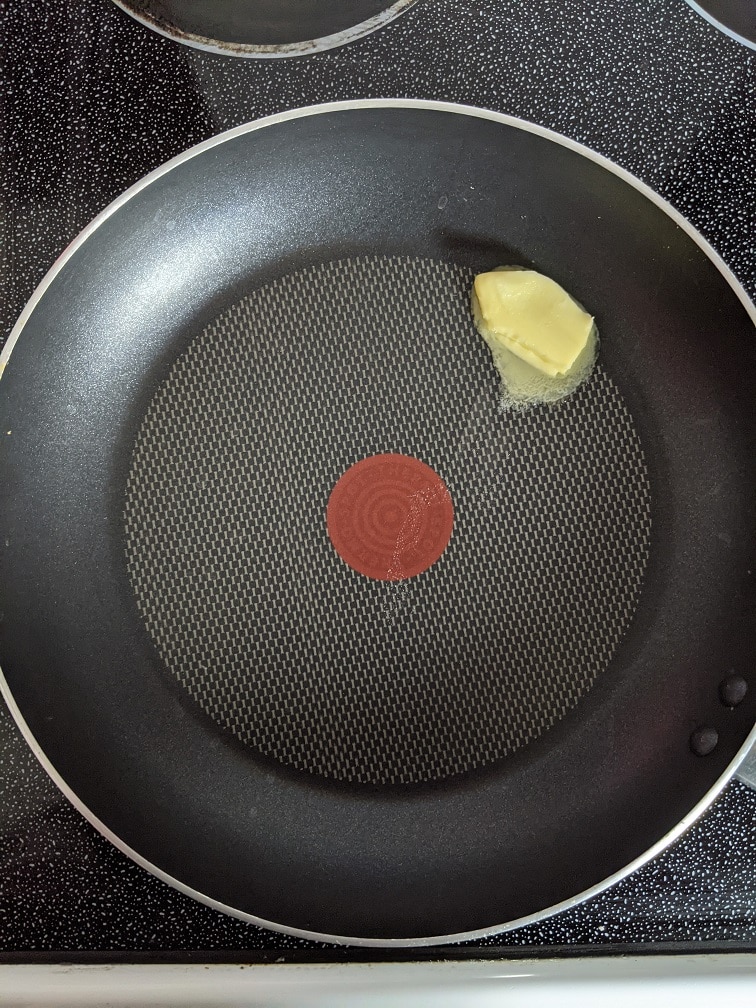
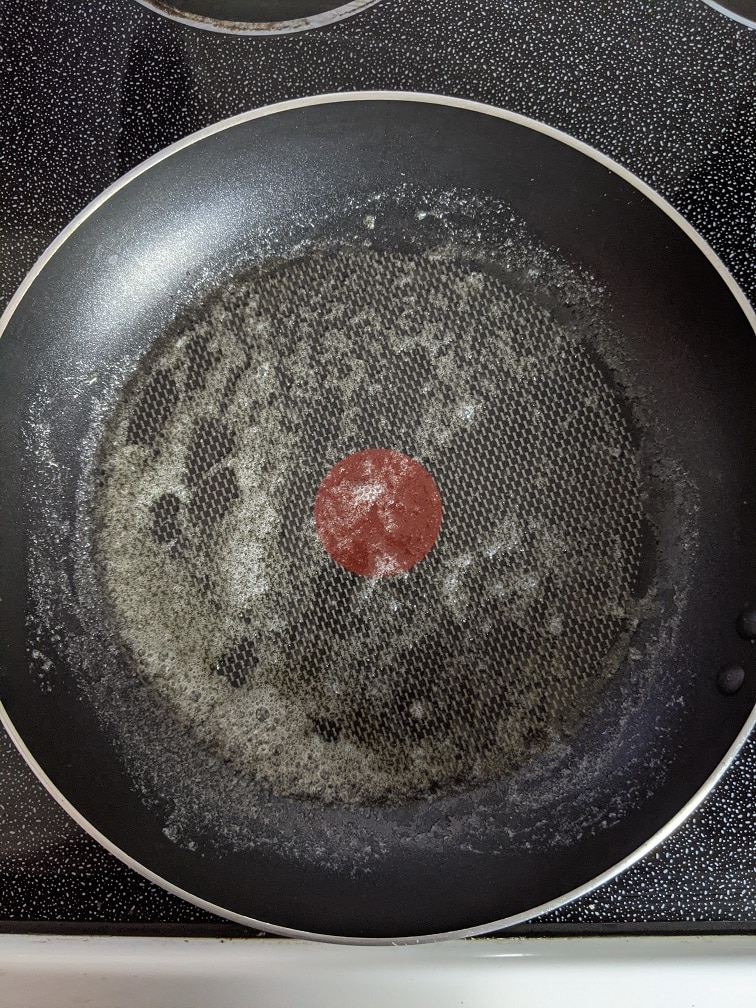
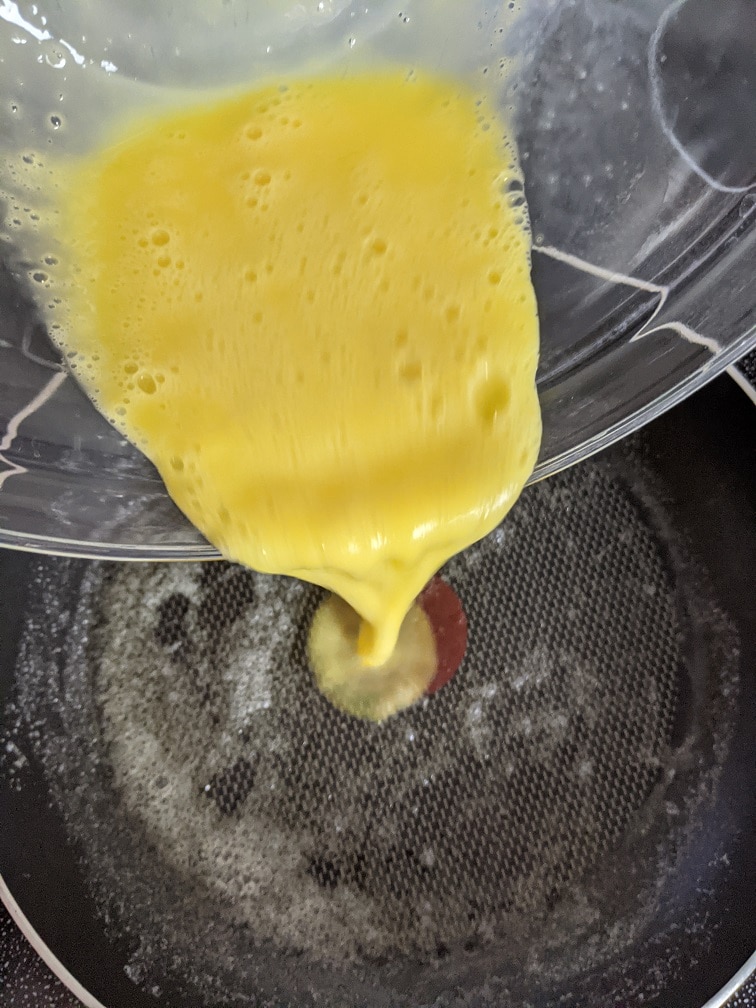
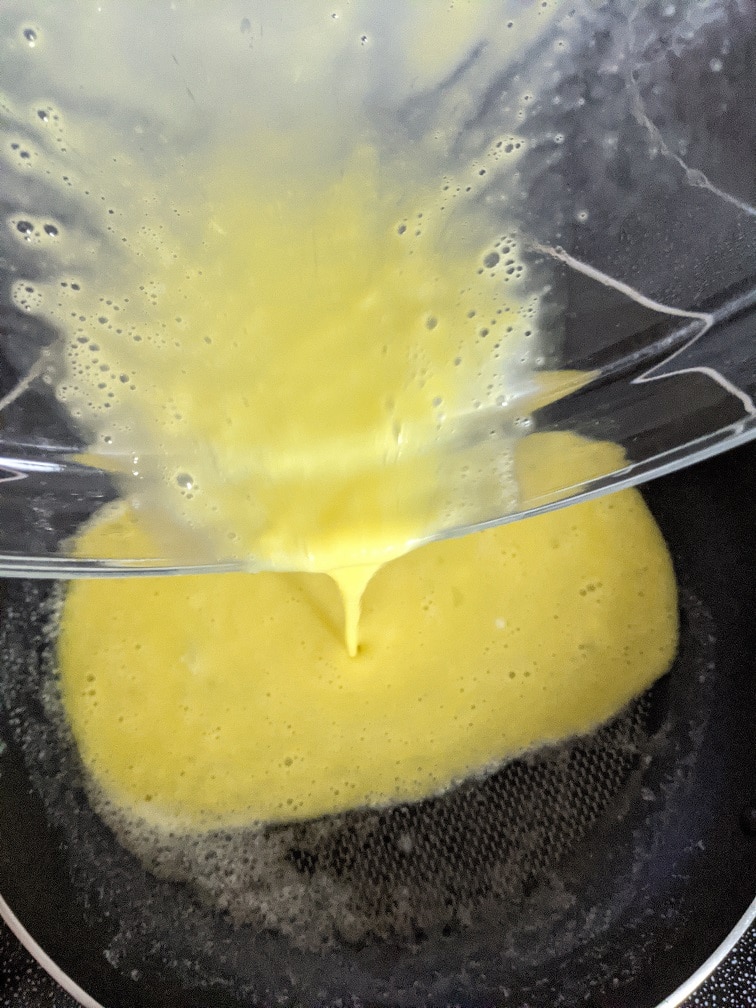
3. Season Scrambled Eggs After Cooking
Salt and pepper are a classic seasoning combination for scrambled eggs, but it’s important to add them at the right time. Adding salt to the eggs before cooking can lead to several problems.
Firstly, the salt may draw moisture out of the eggs, leaving them dry and tough and resulting in a pool of unpleasant egg water on your plate. Secondly, salt can cause the eggs to discolour, leading to grey or even slightly green eggs with an off flavour.
To avoid these issues, it’s best to season your scrambled eggs after they are cooked. Once the eggs are cooked to your liking, remove them from the heat and then add salt and pepper to taste. This will ensure that your eggs are perfectly seasoned and full of flavour without being compromised by excess moisture or discoloration.
For an added burst of flavour, consider adding other seasonings like fresh herbs or spices to your scrambled eggs. Chives, thyme, or parsley are all great options for adding a pop of flavour to your scramble.
2. Don’t Over Scramble The Eggs
Believe it or not, it is possible to over-scramble your eggs. Over-scrambled eggs can look like tiny cheese curds before being pressed into cheese, with a texture that’s far from ideal. For perfect scrambled eggs, you want them to have some texture and body without being overworked.
The technique for achieving the perfect texture is simple. Start by pouring your whisked eggs into the preheated buttered pan, then let them sit for a few seconds. Next, stir the eggs gently with a rubber spatula, then let them sit for a few more seconds. Repeat this process for a minute to a minute and a half or until the eggs are just about cooked.
It’s important to note that the eggs will continue to cook even after you remove them from the heat, so it’s best to slightly undercook them to ensure they’re perfectly tender and not dry or rubbery. By gently stirring the eggs and letting them sit, you’ll create soft, delicate curds that are a joy to eat.
Remember, scrambled eggs should have some texture and body, but they shouldn’t be mashed to a pulp. By using a gentle hand and the right technique, you can create scrambled eggs that are light, fluffy, and absolutely delicious.
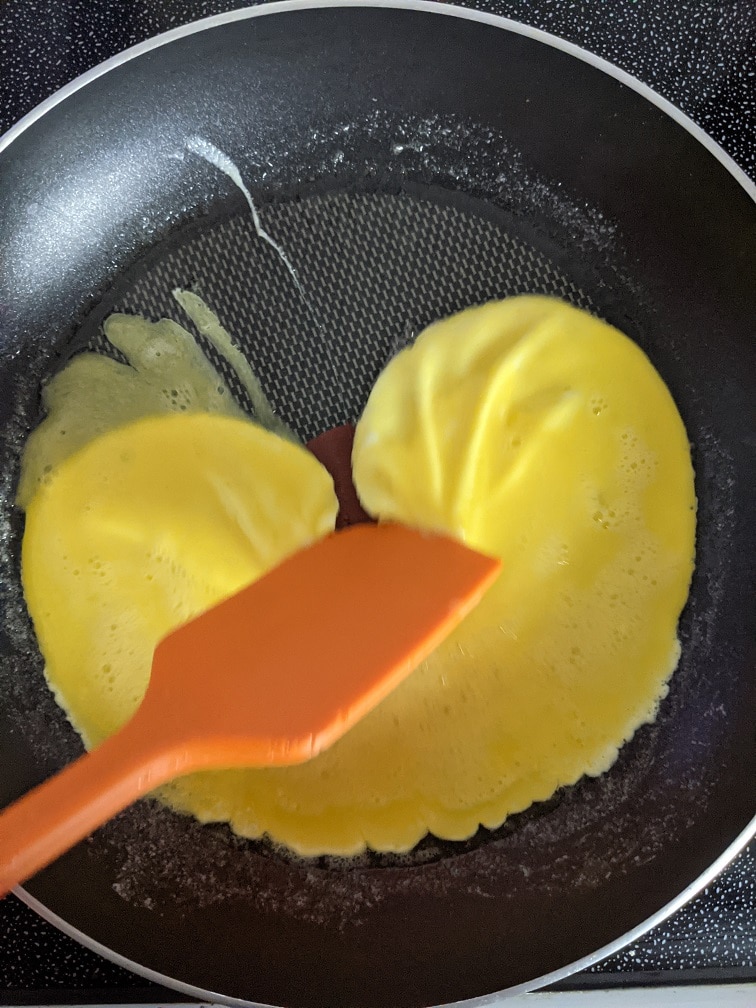
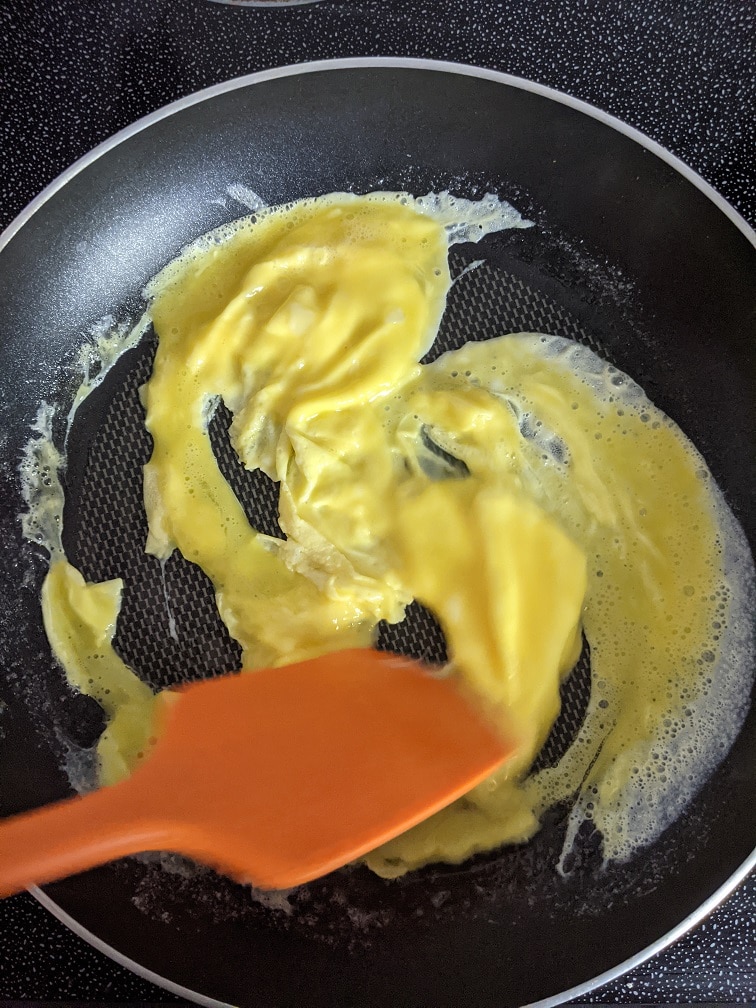
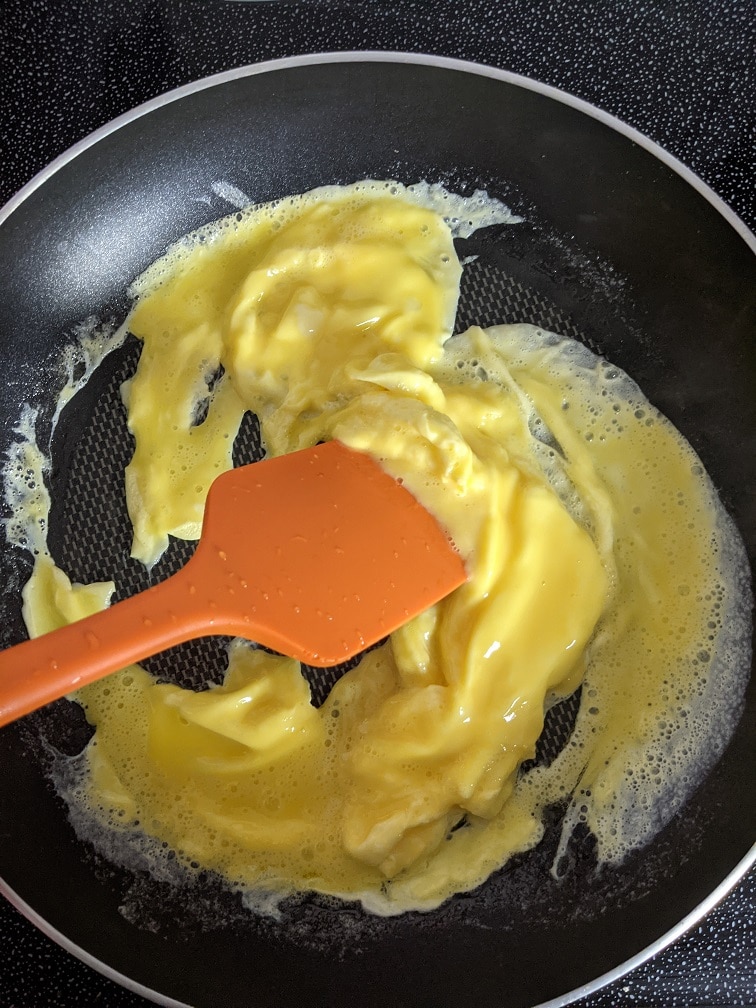
1. Don’t Over Cook Your Scrambled Eggs
The final, most obvious, and most important tip is not to overcook your eggs. The French style of making scrambled eggs is to leave them a little bit runny. That’s not what I’m suggesting. What I’m saying is don’t overcook them. When overcooked, they become tough, gritty, heavy, tasteless, and watery if you added liquid to them. Eggs especially scrambled eggs, are fragile when it comes to heat. They don’t like a lot of it. So, once the eggs are about three-quarters of the way cooked, take the pan off the heat. The residual heat in the pan will be more than enough to finish cooking the eggs. Once the eggs are cooked, take them out of the pan and serve them immediately. Perfectly cooked scrambled eggs are a bit shiny and moist. They don’t look dull and dry.
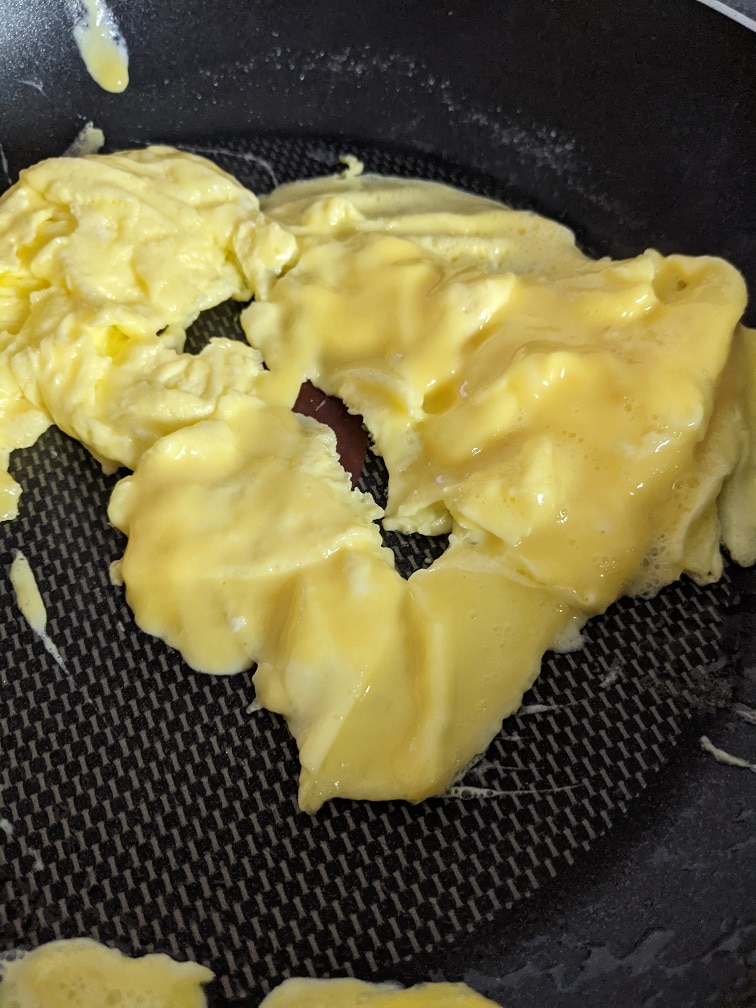
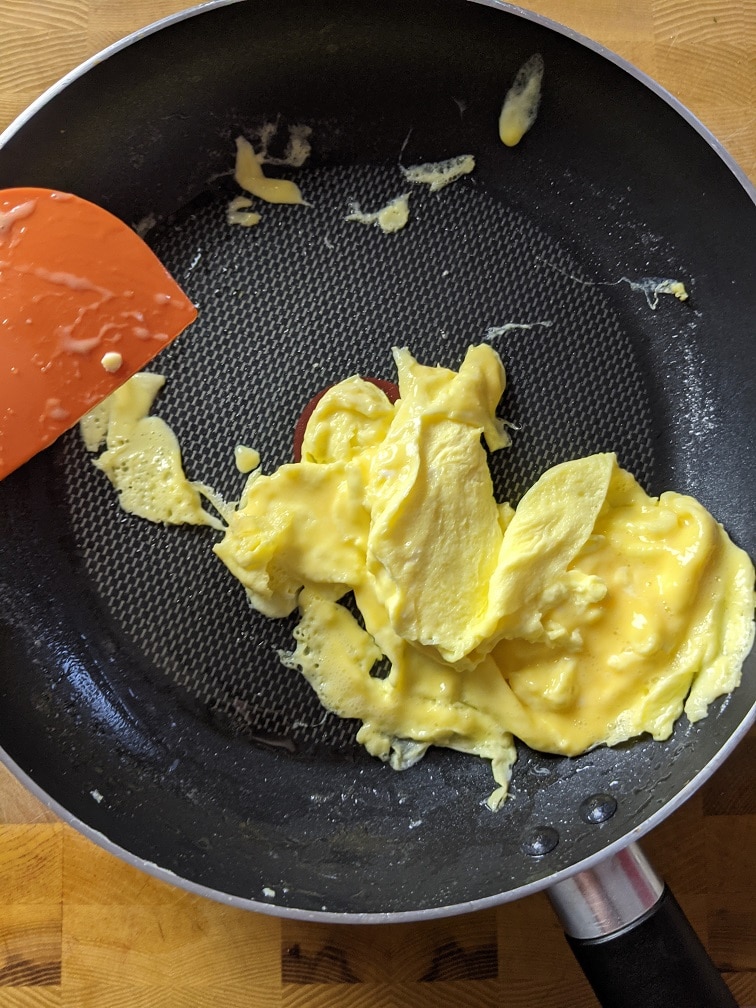
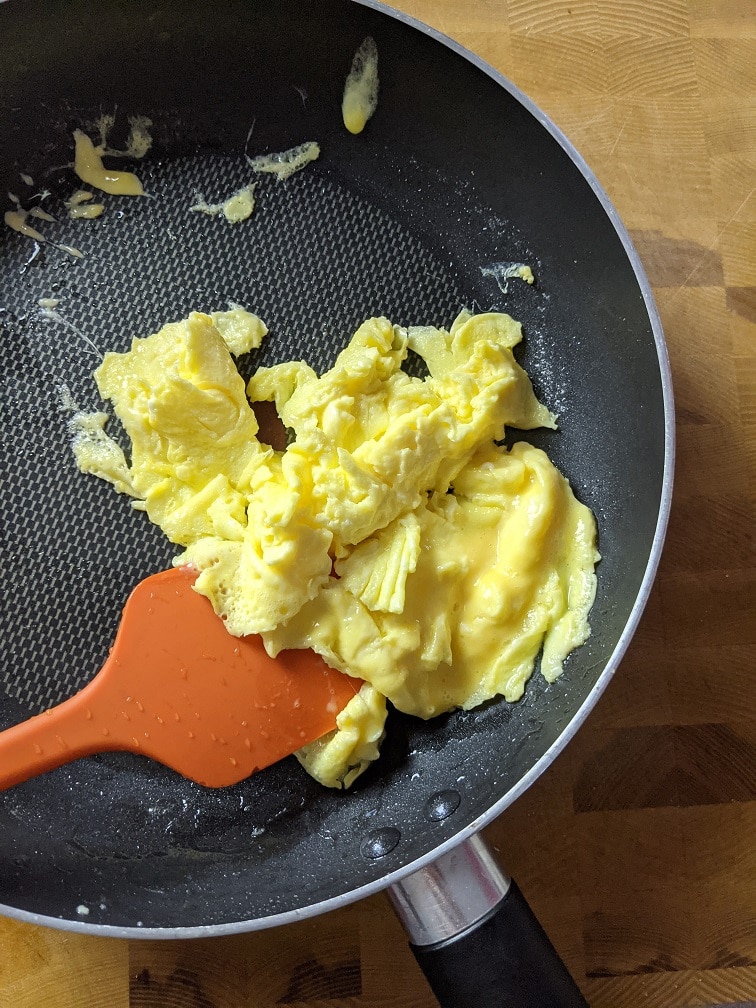
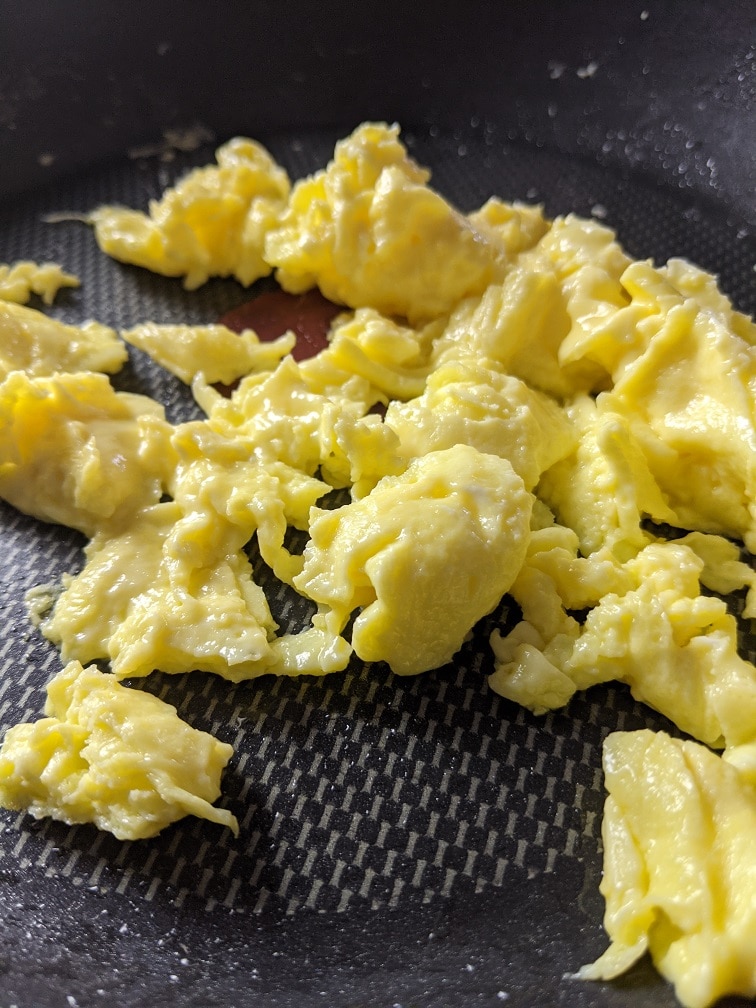
The Wrap Up
Scrambled eggs are a breakfast staple, but making them perfect every time can be challenging. The good news is that it doesn’t take much to go from terrible to amazing. By following the simple tips we’ve shared, you’ll be able to achieve perfect scrambled eggs that are light, fluffy, and full of flavour.
Remember, simplicity is key when it comes to cooking eggs. Eggs are already a nearly perfect food on their own, and they don’t need to be overcomplicated or overworked. The more you add or fuss with them, the more likely they are to go wrong.
Some of the essential tips for making perfect scrambled eggs include using high-quality eggs, avoiding over-whisking, cooking on moderate heat, using butter as a fat, seasoning after cooking, and avoiding overcooking. By following these simple tips, you can create scrambled eggs that are both beautiful and delicious.
If you have any other tips or tricks for perfect scrambled eggs that we missed, be sure to share them in the comments below. We’d love to hear from you!
Thanks for reading, and we hope you enjoy perfect scrambled eggs every time. Stay tuned for more cooking tips and delicious recipes!
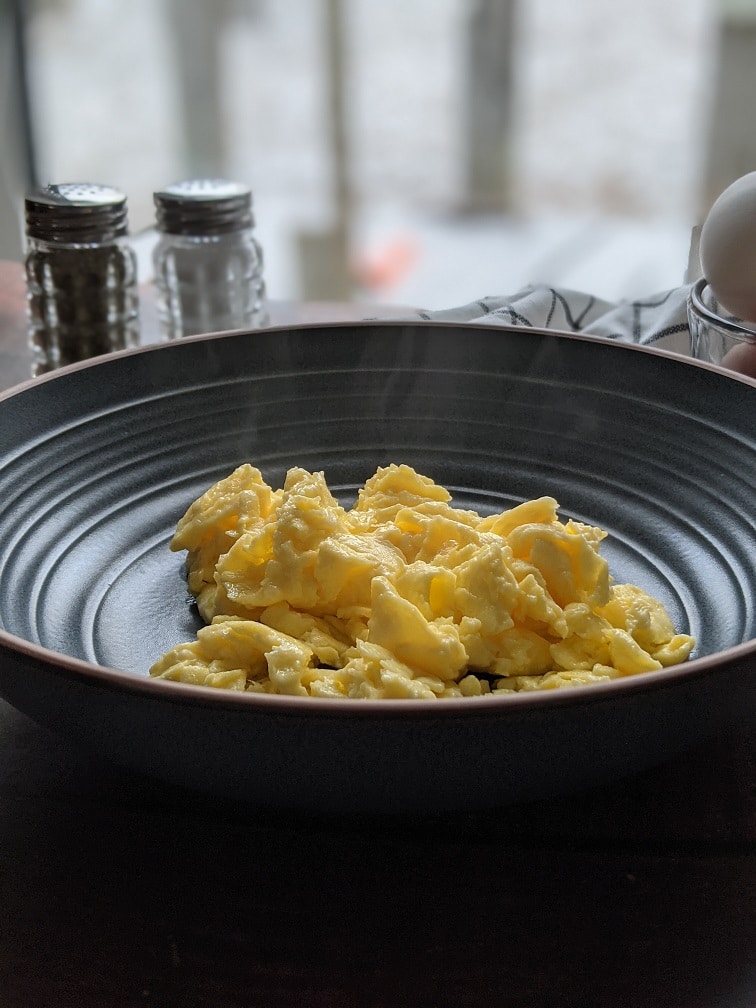
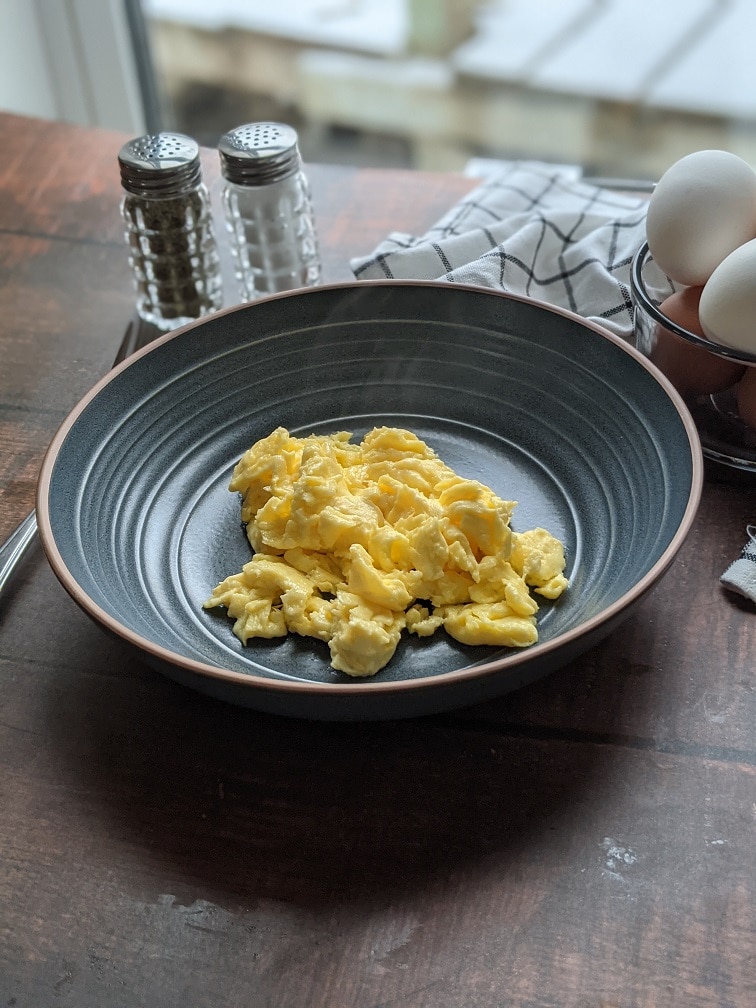
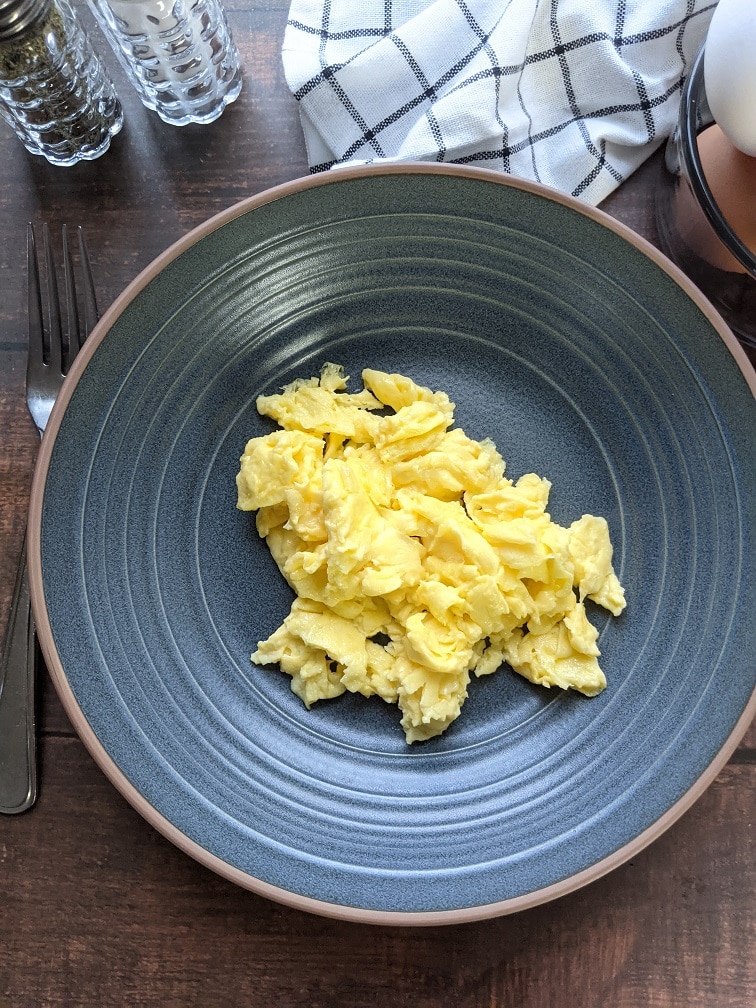
Thank you for reading this post. Please share it on Facebook, Pinterest, or Twitter to help Chef’s Notes grow. Subscribe to Chef’s Notes below, and you will never miss a post again.

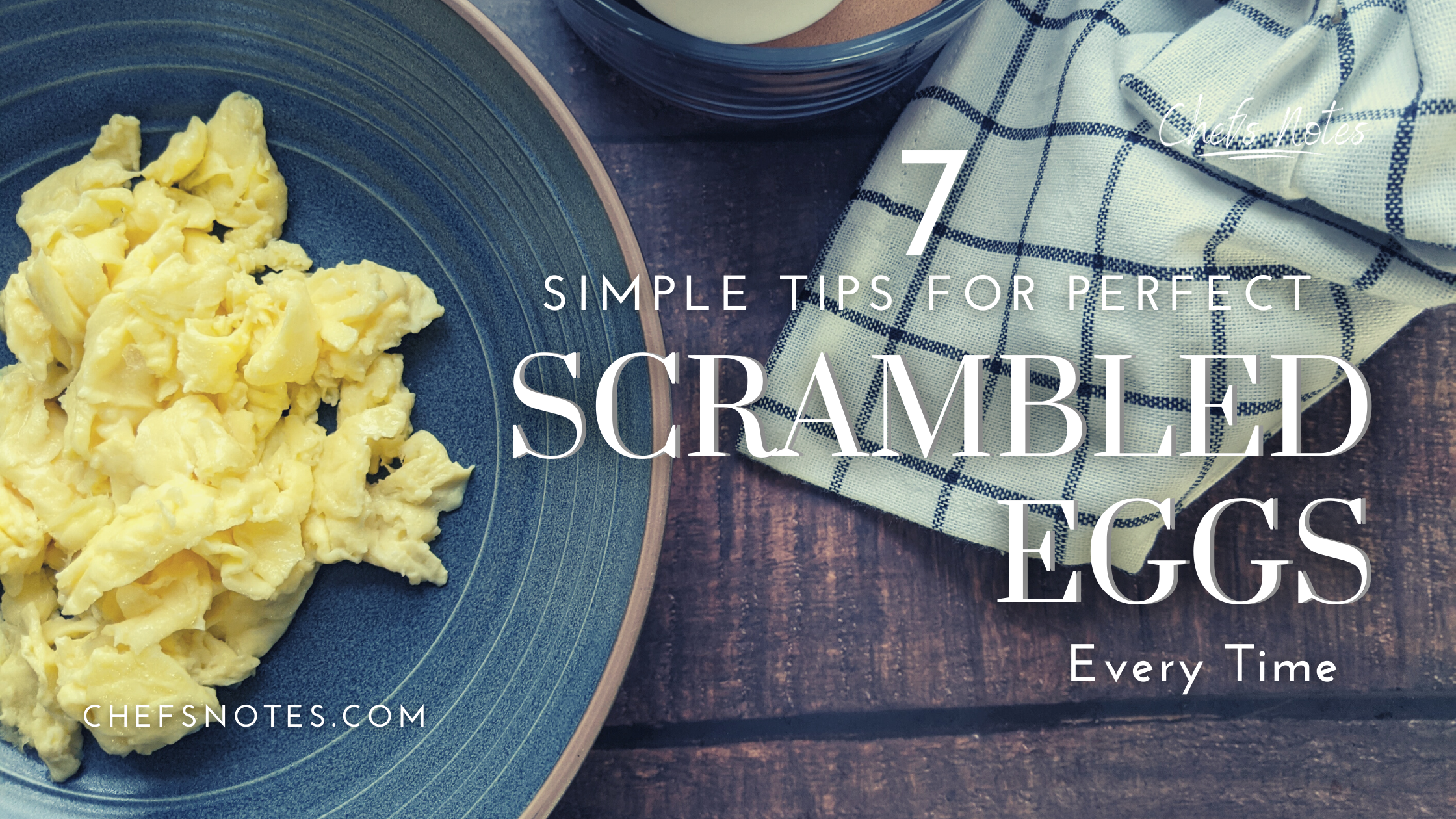
0 Comments